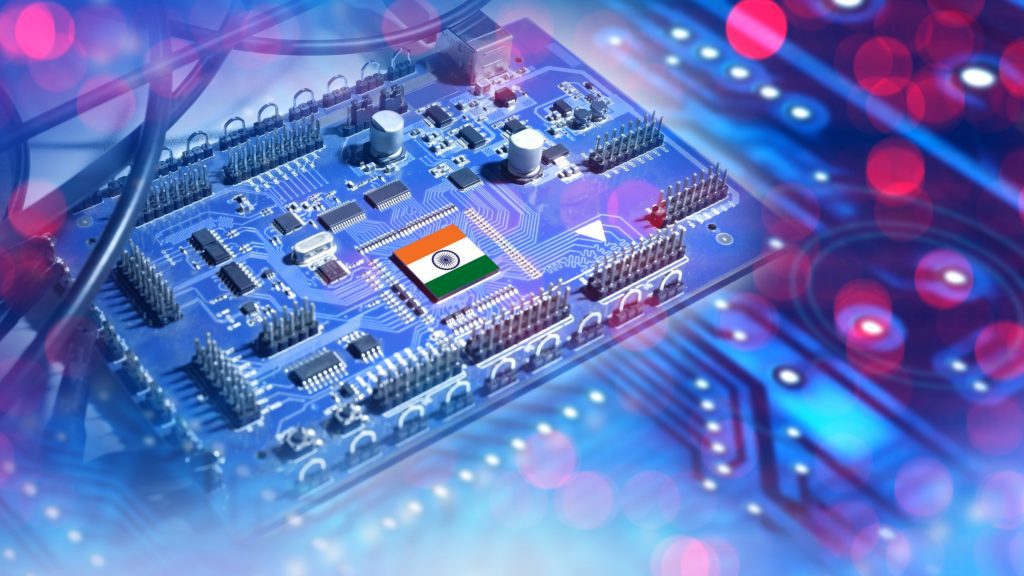
India, the hub of Information Technology (IT), is pulling its might to compete in the AI race as China’s DeepSeek disrupts the industry with lower-cost innovations, but the India AI industry is lacking funds and infrastructure.
DeepSeek’s intelligence lies in producing a highly powerful AI model on low-cost chips, drawing global attention, with the most prominent one being Nvidia’s CEO, saying Nvidia’s CEO Jensen Huang spoke out by saying that India AI industry have an “unmatched” technical talent with big potential.
Consequentially, AI startups in India are now optimistic and eager to revive the industry.
AI Data Centers in India
Despite having 200+ AI companies in India, it’s still lagging behind the US and China, which have a 4-5-year lead in AI research, chips, and military applications.
For India, the challenge is double: lack of patient, long-term capital and fewer high-quality data sets, especially for native languages like Hindi, Tamil, or Marathi.
Earlier this month, OpenAI CEO, Sam Altman addressed the Indian capacity to contribute in the AI revolution, since the country now holds the second largest market for OpenAI.
In parallel, tech giant Microsoft – OpenAI’s biggest financial backer – heavily invested in the adoption of AI in India and cloud.
DeepSeek to Advance AI in India
DeepSeek’s approach could be mirrored when startups set their mind on intiating the process of generative AI training in India, focused on low-cost hardware as the golden solution.
The India AI ecosystem can reduce reliance on high-cost chips and high-end hardware that tend to dominate the AI market, allowing the country to focus on delivering maximum potential of the resources at its disposal – be it technical talent or evolving startup ecosystem – without needing colossal infrastructure investments.
To bridge the AI gap, India must focus on research collaboration, government incentives, and open-source AI applications.
The government initiatives, like offering high-end chips to research centers and startups, are on the right track, but experts warn that India needs a broader, longer-term plan if it is to compete globally.
Final Thoughts
An influential India AI is not likely to develop a DeepSeek-level AI model anytime soon, it can still make significant progresses, by strengthening infrastructure and retaining AI talent could make it one of the big-league players in the global AI landscape.
Experts are expecting to an Indian development of foundational AI models for strategic autonomy to reliance on foreign AI technologies, but for this, India needs to optimize its computational power and semiconductor manufacturing capacity – still in early stages.
The success of India AI regulation to promote transparency and accountability without hindering the technological growth could grow its AI capabilities via cost-effective means, if it wants to catch up with China and the US.
Inside Telecom provides you with an extensive list of content covering all aspects of the tech industry. Keep an eye on our Tech sections to stay informed and up-to-date with our daily articles.